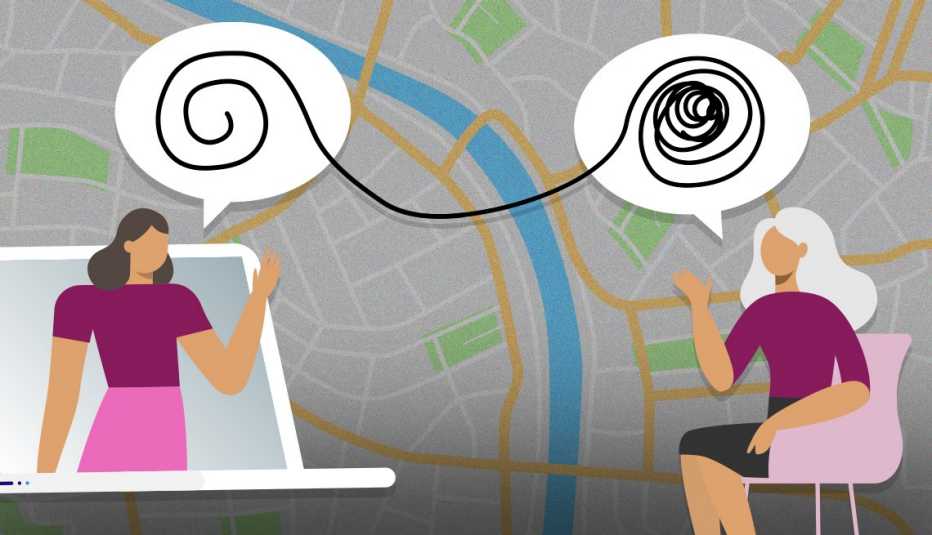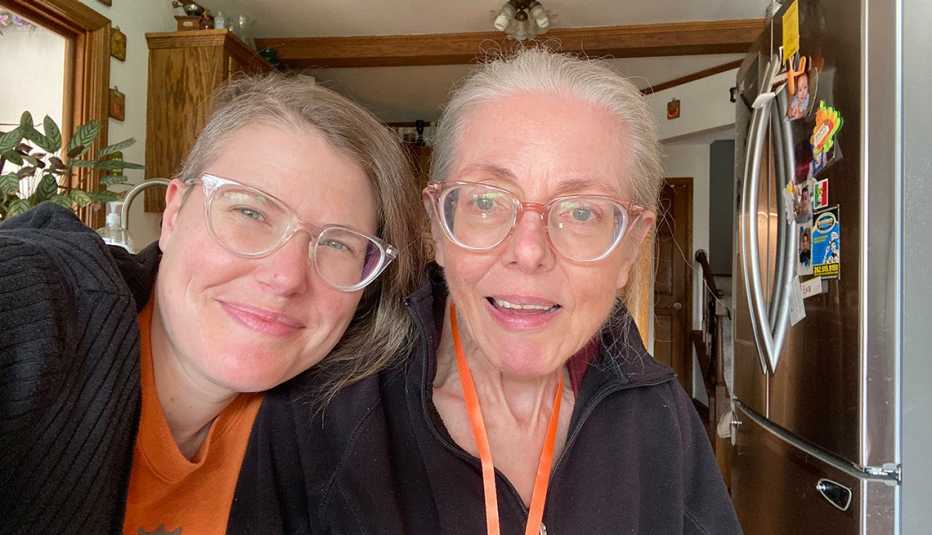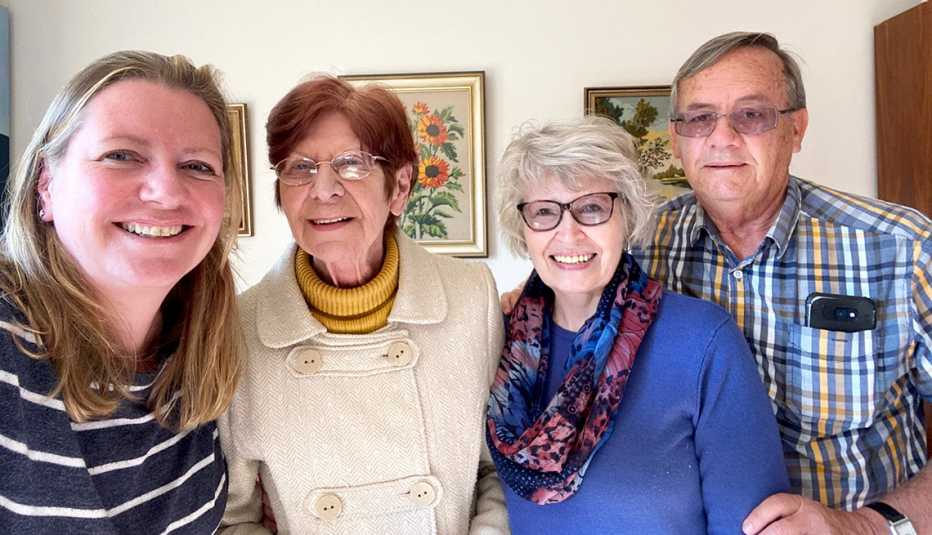AARP Hearing Center


As many family caregivers know, caring for our loved ones can be an exhausting, all-consuming task whether they live with us or not. However, long-distance caregiving presents an additional set of obstacles caregivers must face while attempting to support loved ones without the benefit of being there to give hands-on help.
Long-distance caregivers have the same concerns and pressures as local caregivers, and they also have the highest annual expenses (about $8,728) compared to co-resident caregivers (about $5,885) or those who care for a loved one nearby (about $4,570) and also need to take uncompensated time off work, and pay for travel to visit their loved one.
Over the past three years, my sister and I have shared caregiving responsibilities for our mother, who suffers from dementia and advanced Parkinson’s disease. As my sister is local (in Wisconsin), she and her family moved in with our mother to care for her at home. For the past three years, I’ve split my time between their home in Wisconsin and my apartment in New York and I fly my mom out to stay with me several times per year to give my sister a break.
Though I spend many months of the year providing hands-on care for my mom, my sister still took on the bulk of the work simply because, until our mom moved into a memory care facility a few months ago, they lived together. As a result, her caregiver burnout was greater than mine, so I wanted to find more ways to help.
Establish access
To best care for a loved one from afar, you need to have access to their accounts and you be authorized to make decisions on their behalf. In our case, we hired an elder care attorney and got much of our mom’s paperwork in order while she was still relatively sharp cognitively. My sister took on medical power of attorney (POA) and I had financial POA. Establishing this power early on is the only way that we could support our mom after her health deteriorated substantially. To facilitate this, start by initiating those difficult money conversations and organize and fill out necessary paperwork.


Help is only a call (or online search) away
My mother went through several home health aides throughout the course of her illnesses; Medicaid paid for some but we paid most out of pocket. The aides’ schedules were erratic and they often canceled, so securing care required near daily communication. Because this could be done from anywhere, I handled the bulk of it. If one caregiver told me she had to cancel, I would contact another caregiver to see if they could cover. Instead of stressing my sister out with the details, I wouldn’t loop her in until I had found a replacement (or until she needed to know that no replacement could be found).
When transitioning our mom to the hospital and then rehab, I extended my stay in Wisconsin and handled all communication with medical staff. After I flew back home to New York, we had to move our mom into a long-term memory care facility. Though I live 900 miles away, I still coordinate most of her doctor’s appointments and the medical transportation to/from these appointments. When possible, I schedule her appointments to take place when I’m in town so I can accompany her. I oversee her finances, pay her credit card and medical bills online, and I am the primary point person for her Medicaid case manager.





































































More From AARP
More Than 60% Say Caregiving Increased Their Level of Stress, AARP Report Finds
Survey sheds light on daily stressors and shares how some manage anxiety, pressureLong-Distance Family Caregiving Reimagined
The pandemic is paving the way for a better remote care experience
Tips for Long-Distance Caregiving
Steady communication and building a trusted team are crucial
Recommended for You